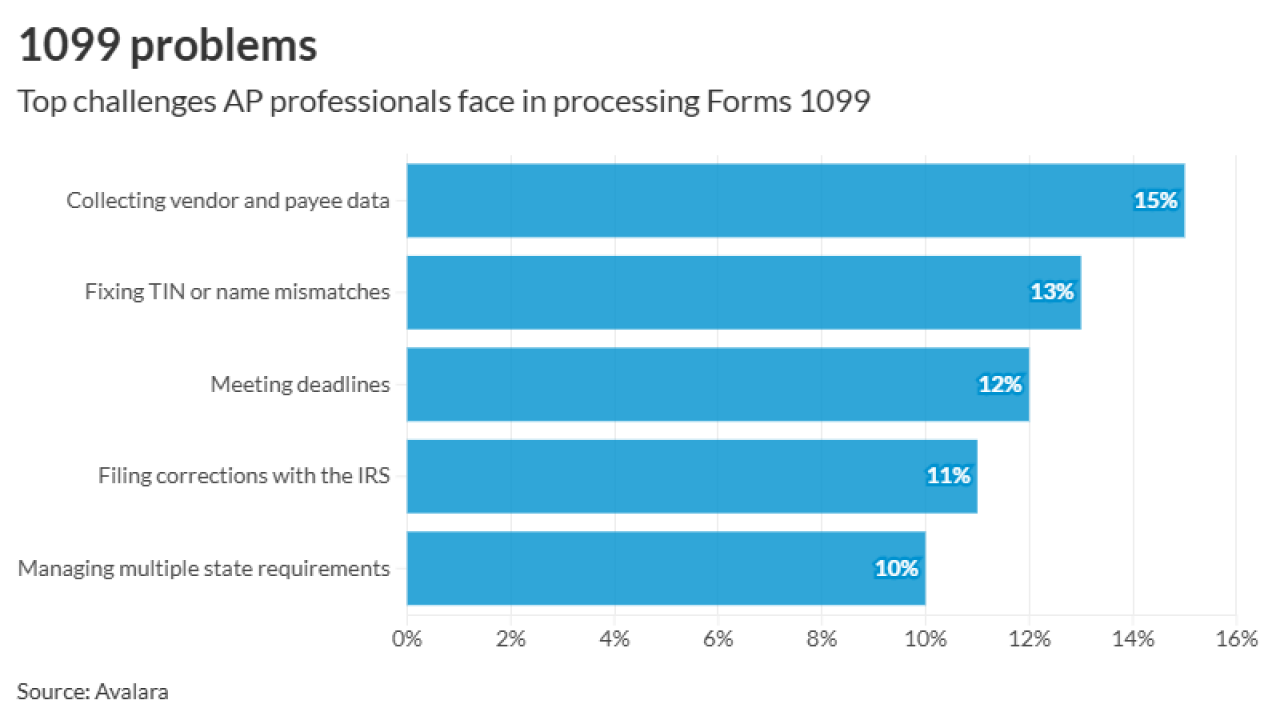An increasing number of Americans over the past year reported some improvement on saving for the future, according to a new survey.
Americans who report saving at least 5 percent of their income increased from 47 to 52 percent, according to the eighth annual America Saves Week survey, but only two-fifths of respondents reported “good” or “excellent” progress meeting their savings needs.
“Our survey findings are consistent with both continued economic recovery and the persistence of inequality,” said Stephen Brobeck, executive director of the Consumer Federation of America, which is one of nearly 1,700 organizations that participate in the survey. “Americans are saving a little more effectively today than a year ago, but only a minority are doing so very successfully.”
Those who said they are spending less than their income and saving the difference increased from 68 percent to 71 percent in the past year. Those who said they are saving at least 5 percent of their income grew from 47 percent to 52 percent.
A large and increasing majority of the 1,000 respondents also reported improvements in their consumer indebtedness. In the past year, the proportion who said they had no consumer debt, or were reducing their consumer debt, rose from 76 to 78 percent. Survey respondents who said they had “sufficient emergency savings to pay for unexpected expenses like car repairs or a doctor visit” rose from 64 to 66 percent.
In the past year, there was also an increase in the portion of respondents who said they were making good or excellent savings progress—from 35 percent in 2014 to 40 percent in 2015. The new figure is close to the percentage who reported knowing their net worth (43 percent), have a spending plan to meet savings goals (42 percent), and are saving automatically outside of work (43 percent).
Almost half of respondents said they were “saving enough for a retirement” with “a desirable standard of living” (55 percent), save at least 10 percent of their income (52 percent), and, among the non-retired, save at work (49 percent).
Those with a “savings plan with specific goals” save more successfully than those without a plan.
Income can account for some but not all of these differences. For example, for those who spend less than their income and save the difference, there is only a twelve percentage point gap between moderate and high income groups—75 percent for those with incomes between $25,000 and $50,000, and 87 percent for those with incomes of at least $100,000. (Only 54 percent of those with incomes below $25,000 save this difference.)
“Making a savings plan focuses one’s attention on how one spends and saves their income,” noted Dallas Salisbury, president and CEO of the Employee Benefit Research Institute, and founding director of the American Savings Education Council. “Those with a savings plan tend to be more careful spending money, less willing to borrow unwisely, and more likely to save conscientiously,” he added.





